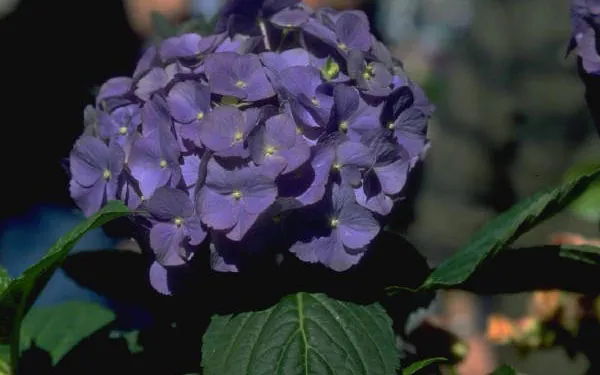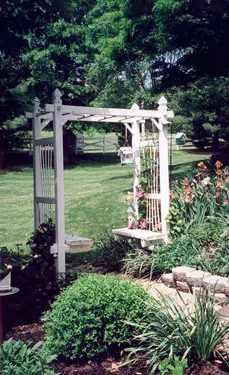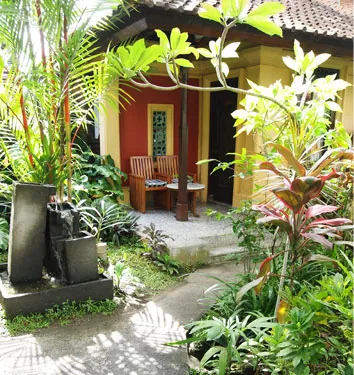 by Jennifer Jones
by Jennifer Jones

Planning your very own garden can be a very rewarding task that not only allows you to take part in watching plants grow throughout a season, but it provides beautiful flowers, vegetables and fruit that you and your family will really enjoy all summer long. Plus, a garden can be a project that the entire family can be a part of all throughout the growing season. It will be a great learning experience for all.

The first and most important thing to know right from the beginning is that gardening requires a great deal of patience. It’s important to learn how to best grow a garden before diving right in. Otherwise, you may be disappointed in your results. A few hours of planning and preparation can make all the difference in creating a healthy living garden full of prospect.
First, determine where you want your garden to grow. This should always be your first step. Often your soil conditions, light conditions and other site characteristics determine how well certain things will grow in your garden. All too often the plants for the garden are purchased before a homeowner even knows where the garden will be located. Chances are, your garden may be doomed from the start!

The three factors in determining how plants will grow are sunlight exposure, the soil composition and the moisture level of the soil in a given area.
While you can alter the soil composition and its moisture level, it’s a bit harder to adjust the amount of light an area may receive throughout the day. So, be aware of the amount of sun exposure your garden area may get. Plants that require “full sun” need at least 6 hours of direct sunlight a day. If you garden is shaded on and off throughout the day, then choose plants that require “half sun” or only a few hours of direct sun a day. If the area you intended for your garden is on the shady side of your home, then it still can be an ideal spot for a garden, but it may require a bit more work. A shade garden needs to be carefully planned, but it can thrive just as much as a garden with sun exposure.
Dealing With Your Land
The three main components of soil are sand, silt and clay. Sand has the biggest particles and clay has the smallest. Silt particles fall in between the two in size. If you could create the ideal mixture of these components for your garden it would be 40% sand, 40% silt and 20% clay. Take some samples by digging a few holes in your yard and try to take a fistful of soil and make it into a ball. If you are unable to, then your soil composition is sandier. Then, try to press the ball with your thumb. Good soil breaks apart easily and if it doesn’t, then you probably have too much clay in your soil. Another great method is to fill a jar with a half-gallon of water and then drop about 2 cups of soil into it. Put a lid on the jar and shake vigorously until all the soil is mixed with the water. Then, let it sit overnight. In the morning you should see how the components of the soil have settled and you should see three layers with the sand at the bottom, then silt and then the clay at the top. Once you know your soil’s breakdown, you can add organic matter to it in order to get it to the best mixture.

Water, Water Everywhere
Soil moisture is of course tied to your area’s climate, but even in the smallest of backyards there can be wide variances. If your garden is at the bottom of a hill, then be prepared for soil that will remain wet for long periods of time. So, grow plants that enjoy a wet environment for the best results. And, on the contrary, if your garden site is dry, then watering can help, but it’s important to know that overall this area will remain primarily dry. Select plants that will enjoy a dry place. That way, when summer vacation rolls around, you will not return to a dead garden since your garden didn’t receive additional water while you were away.
Learning to work with nature is the most important part of planning a new garden. It’s a balancing act to get your plants and vegetables to thrive if they are in a place with less than ideal conditions. It is important to know that if you plant something in conditions that are not completely ideal for the plant type, then more work will be required on your end to keep things looking their best. Working with Mother Nature to nurture your garden will make your garden more fun and less of a backbreaking chore!
Here are some related articles:
View Other Related House Plans:
Save this article to:
back to top